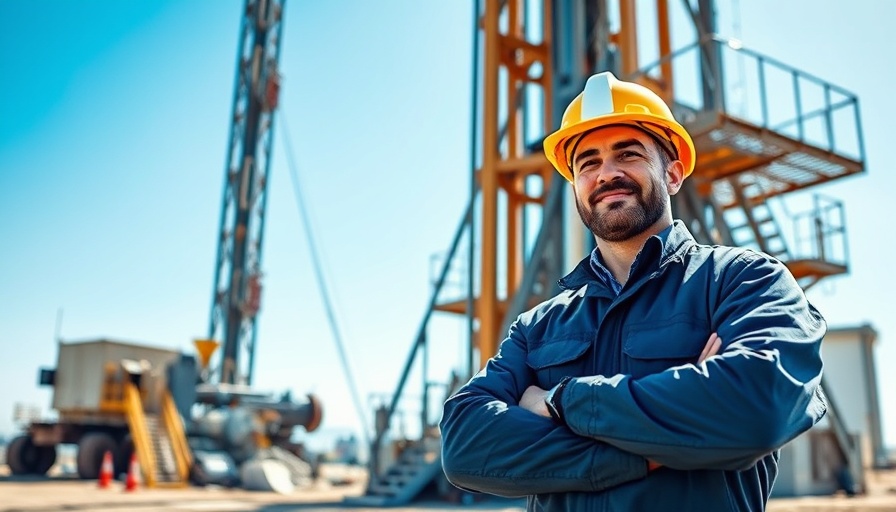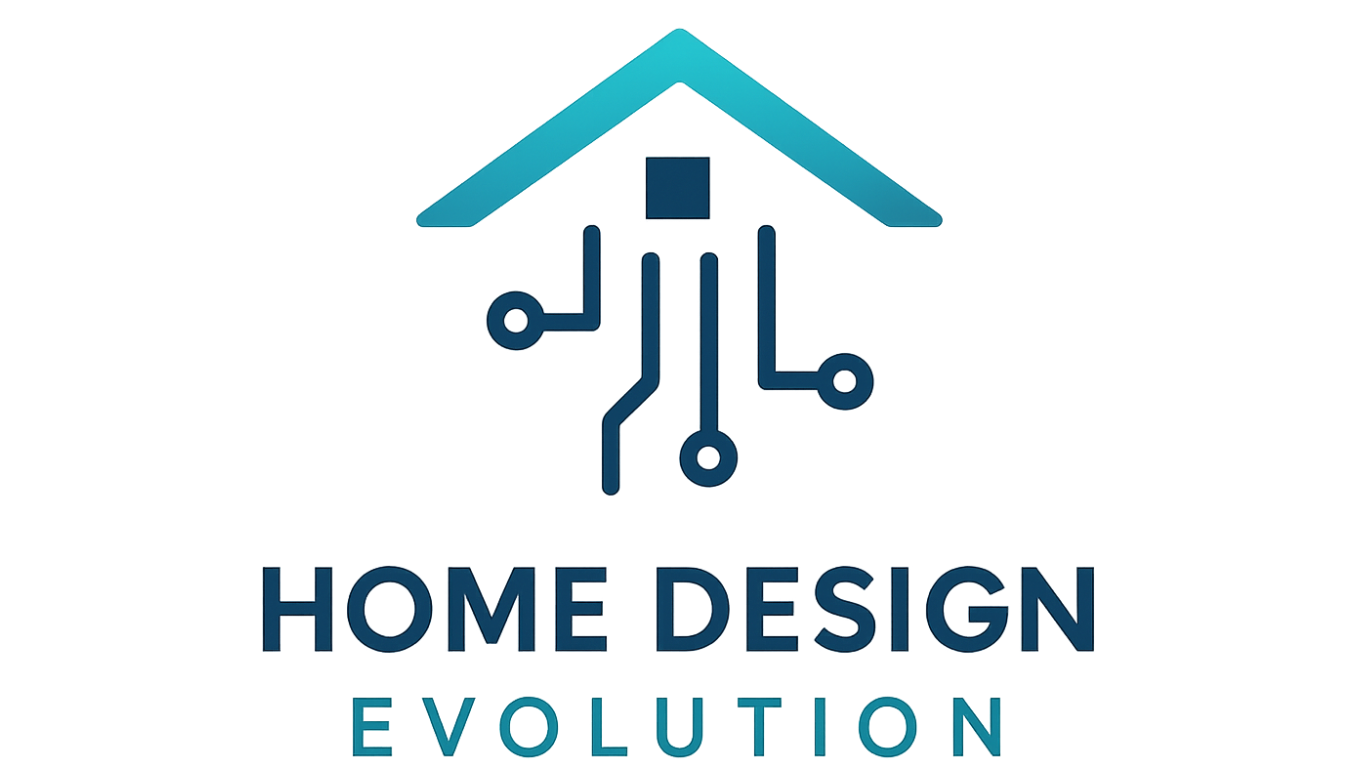
The Future of Geothermal Energy is Here!
In the world of sustainable energy, creativity and innovation are key. Recently, a ground-breaking company named Quaise has taken geothermal energy to new depths—literally! Their exciting advancements promise not only to change how we perceive geothermal potential, but also to pave the way for cleaner, more affordable energy that could transform households and industries alike.
In How Fusion Tech Just Changed Geothermal Energy Forever, the discussion dives into the exciting advancements in geothermal drilling technology, exploring key insights that sparked deeper analysis on our end.
Turning Science Fiction into Reality: How Millimeter Waves are Revolutionizing Drilling
Imagine a technology so powerful that it could vaporize rock with directed energy—this is not a scene from a science fiction movie, but a reality being engineered by the talented team at Quaise. Utilizing gyrotrons developed originally for nuclear fusion research, Quaise has adapted this technology to create a method that could reshape geothermal drilling. By directing millimeter waves, they can effectively melt through geological barriers to reach the earth's heat—much hotter than anything currently accessible.
This technology could allow us to tap into ‘super hot rocks’—geothermal sources that have been too costly or complex to reach using traditional drilling methods. The idea is to drill deeper than ever before and harness this heat, which can yield 10 times more energy compared to conventional methods, providing a more stable baseload power for energy grids worldwide.
Why Geothermal Energy Matters
Geothermal energy offers many advantages; it's abundant, sustainable, and doesn't rely on weather patterns like solar and wind. However, the initial costs associated with drilling deep enough to tap into these resources have long prevented extensive development. With traditional geothermal projects costing from 30% to 57% for drilling, Quaise's innovative method could dramatically reduce these expenses—making geothermal energy a more viable financial option for widespread implementation.
The Race Towards Commercialization
Alongside their technical achievements, Quaise is gearing up for its first commercial project, which is slated for completion around 2028-2030. Carlos Araque, CEO of Quaise, emphasizes their ambition to deliver clean energy that is both economically profitable and beneficial for communities. The company aims to not merely be a drilling entity but a full-fledged energy provider, aiming for contributions to the global grid while achieving financial sustainability. With plans to confirm superhot geothermal resources by 2026, this timeline presents a thrilling opportunity for transition towards renewable energy.
Engaging with the Energy Transition
With continued discussion around energy sustainability, it’s increasingly clear that technologies like the ones found in Quaise are vital. They provide hopeful alternatives to relieve dependency on fossil fuels. Geothermal energy holds tremendous potential for providing electricity on a grand scale. Imagine homes and businesses generating their own energy through local geothermal wells, significantly reducing utility bills while contributing to a decrease in carbon emissions.
Addressing Concerns and Unknowns
While the promise of drilling innovations is exciting, it’s essential to note the challenges that lie ahead. For example, dealing with groundwater that seeps into drilled wells could increase energy consumption, making it vital for Quaise to adapt continuously to diverse geological conditions. Moreover, safely implementing these advanced technologies while managing power requirements for gyrotrons—potentially exceeding the current grid capabilities—will pose further challenges that need addressing.
As such, we must remain engaged and optimistic while following the developments at Quaise and others in this space who are pushing the boundaries of renewable energy technology.
Getting Involved and Staying Informed
For environmentally conscious homeowners looking to innovate sustainably, understanding these emerging technologies is crucial. As we advance further into the energy transition, consider how your own home could adapt or benefit from geothermal solutions.
To stay informed, keep an eye on discussions around geothermal projects and reach out to local representatives advocating for such advancements in your community. Engaging with local environmental groups or following trends in renewable energy can empower you to act on opportunities that arise from advancements in geothermal technologies.
Conclusion
As our society makes strides toward an energy-efficient future, innovations in geothermal energy, such as those by Quaise, are paving new paths for sustainable living. By prioritizing unique methods that leverage the Earth's untapped resources, we could soon find ourselves living in homes powered by clean, renewable energy generated from beneath our feet. Keep your curiosity ignited, and let’s look forward to a heated debate on how these advancements will offer unparalleled possibilities for home sustainability!
 Add Row
Add Row  Add
Add 



Write A Comment